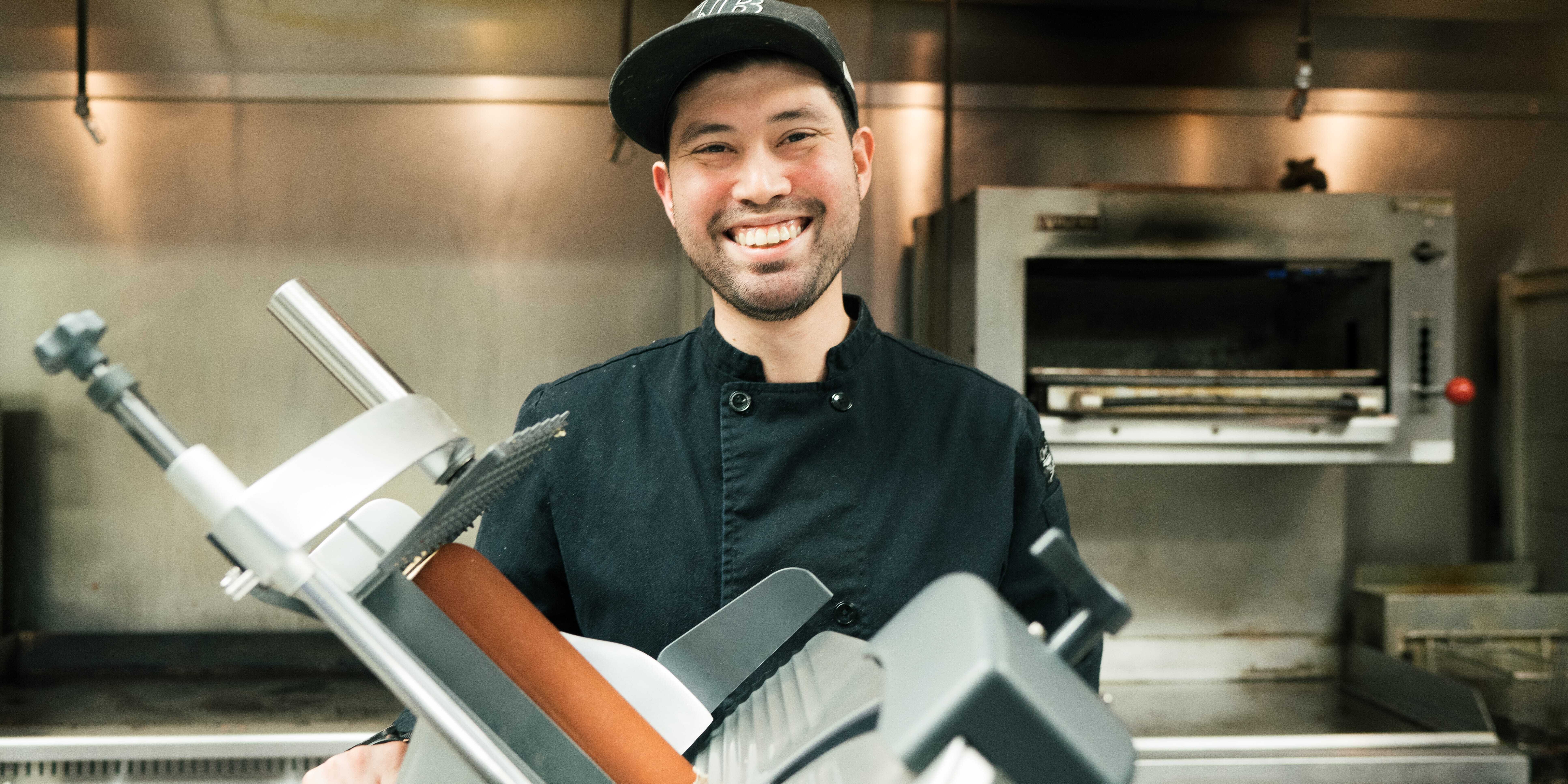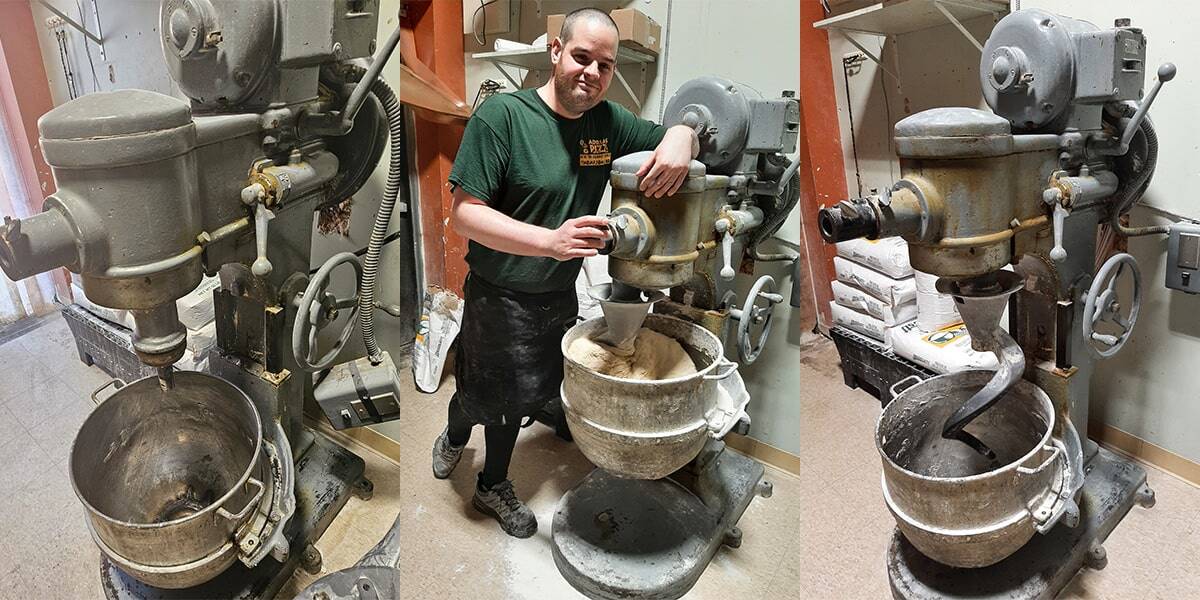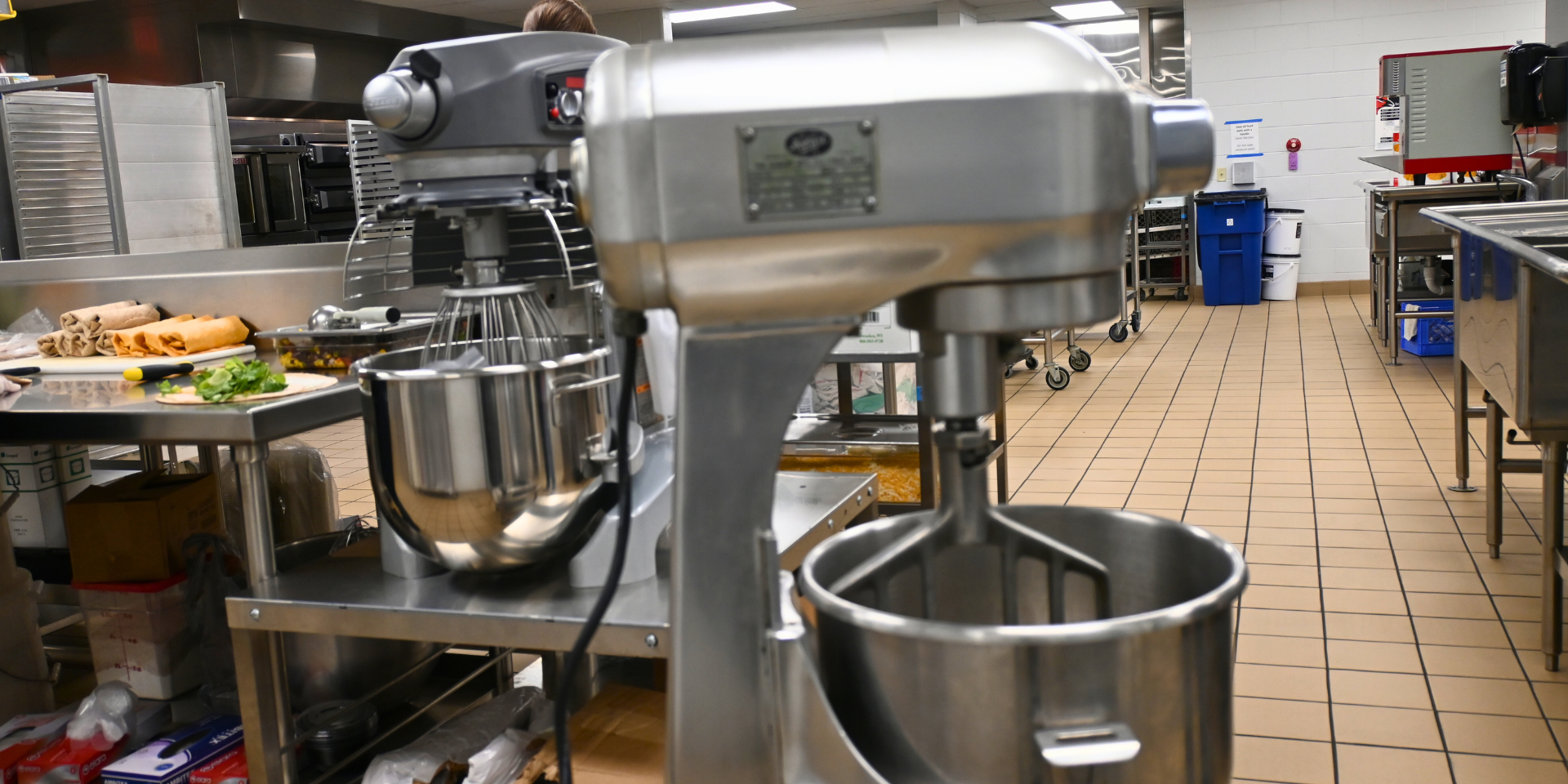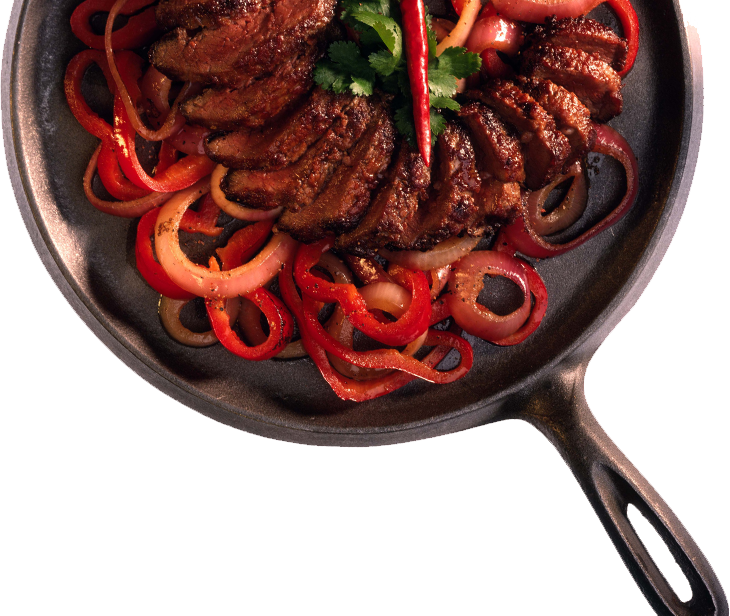Selecting the right mixer for the job is key. Different ingredients mix differently — and in a pizza restaurant, it may not always be dough that you’re mixing. Savory toppings like homemade sausage or sweets like cookies and cakes may also be a part of the menu.
You can choose between a planetary mixer for mixing multiple types of dough and batter, as well as vegetable slicing, cheese grating and meat grinding with the addition of hub attachments. Or you may prefer a spiral style dedicated solely to dough mixing.
Each mixer has its advantages and limitations, but there are some best practices that apply to both to help provide consistent results and maximize efficiencies.
Mixer Capacity
It may be tempting to purchase a smaller mixer at a lower upfront price; however, it may not have the bowl or power capacity you need to produce a quality product. Spiral mixers are larger and cost, on average, about 10 to 15 percent more than a planetary mixer — a factor that you can’t avoid if you need to produce airy, Neapolitan-style pizza dough, for example. Still, it’s important with either mixer to make sure it’s big and strong enough for the job.
Consistently overloading a smaller mixer with large, heavy batches of dough wears on the motor and gears, ultimately shortening the components’ lifespan and leading to costly repairs. A smaller mixer also may not provide the bowl space to incorporate ingredients thoroughly.
Mixer manufacturers rate the horsepower of their equipment differently. Look for a mixer based on capacity testing; the results are typically in the form of a chart. This reference helps determine the correct agitator for your dough (or other product if you use a planetary mixer), along with the bowl and power capacity. For dough, manufacturers base mixer testing, and the resulting capacity, on absorption rate (AR or water weight at a given temperature divided by flour weight) to provide the most accurate recommendation. As an example, a thin pizza crust with a 40 percent AR should yield 40 pounds of dough, therefore requiring a 60-quart mixer. Anything with less capacity or power wouldn’t be up to the task. To be certain about the capacity you need, always refer to the mixer manufacturer’s recommendation.
Pay attention to manufacturer’s recommended mixing speeds. Mixing your dough too fast can elevate the temperature of the dough and activate the yeast, causing it to rise more than you desire. It can also strain the mixer motor unnecessarily.
At the end of the day, research mixers based on their ability to perform at the level you need to yield the best results. Avoid guesswork and looking at only the upfront cost; buy what you need to meet your current mixing needs and to accommodate for your future growth. Buying for quality and the right capacity — even at a higher purchase price — can provide better performance at a lower long-term cost. In short, a motor strong enough to mix product prevents stalling or stopping that could lead to downtime in your kitchen or affect your ability to service your customers in a timely way.
Cleanliness and Maintenance
While it may seem obvious, proper cleaning and maintenance of your mixer is critical to gaining the best performance. There is, of course, also the need to avoid sanitation issues that could cause food-borne illnesses. But it can be easy to overlook some basic precautions that may lead to problems.
Follow the manufacturer’s instructions for cleaning and sanitation. Mixer bowls and agitators vary in materials based on the model and brand. Stainless steel bowls and agitators or cast aluminum agitators, for example, are often easily run through a ware washer. Look for a mixer with removable bowl guards to simplify cleaning. These are usually best washed by hand in hot water and mild soap and sanitized with an approved non-caustic cleaner. Use a cloth with a mild soap to wash down the mixer regularly, avoiding too much moisture, which could result in standing water on mixer parts.
Determine a regular preventive maintenance schedule for your mixer. There are lubrication points on mixers, such as where the bowl moves up and down or where a bowl guard spins, that need attention. Lubricate these points based on the manufacturer’s recommendation in the owner’s manual. Overlooking such tasks can result in premature failure of these components. Some mixers have dipsticks to check the oil level, which may be best addressed by an authorized service provider. It’s a good idea to plan a service visit once or twice annually to assess this and other potential failure points on the mixer.
Also, monitor the bowl clearance for consistency. Be sure the agitator isn’t hitting the bottom of the bowl, as it can result in wear to the bowl and potentially damage to the mixer. Also, if the agitator is too far out of the bowl, it will be difficult to incorporate the ingredients fully. Consult the operating manual for instructions on these adjustments or contact your service provider.
Other Considerations
As with any food preparation equipment, proper mixer training is important. Always read the operators manual for instructions on correct operation and, when available, watch the manufacturer’s training videos. These will provide you valuable information to get the most from your mixer.
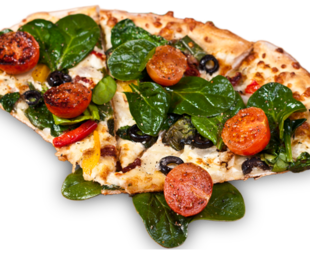
About the Author
.jpg?width=67&height=67&name=Bilger%20Carolyn%201%201x1-2_%20(002).jpg) Carolyn Bilger is the marketing director for Hobart – Food Preparation Products. She has been with Hobart since 2015 and sets the strategy for marketing and new product development for the full line of Hobart food preparation equipment. See all her blogs here.
Carolyn Bilger is the marketing director for Hobart – Food Preparation Products. She has been with Hobart since 2015 and sets the strategy for marketing and new product development for the full line of Hobart food preparation equipment. See all her blogs here.


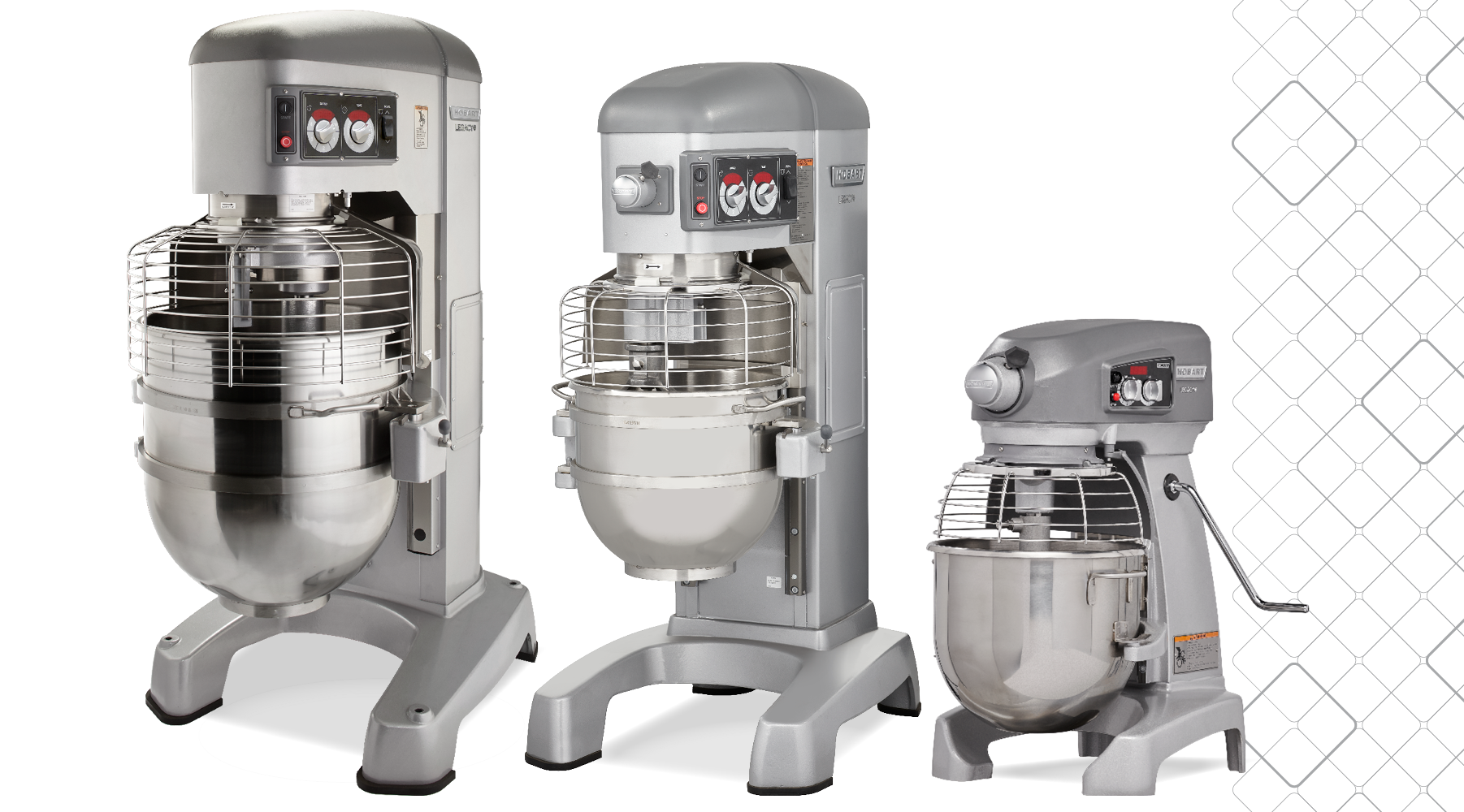

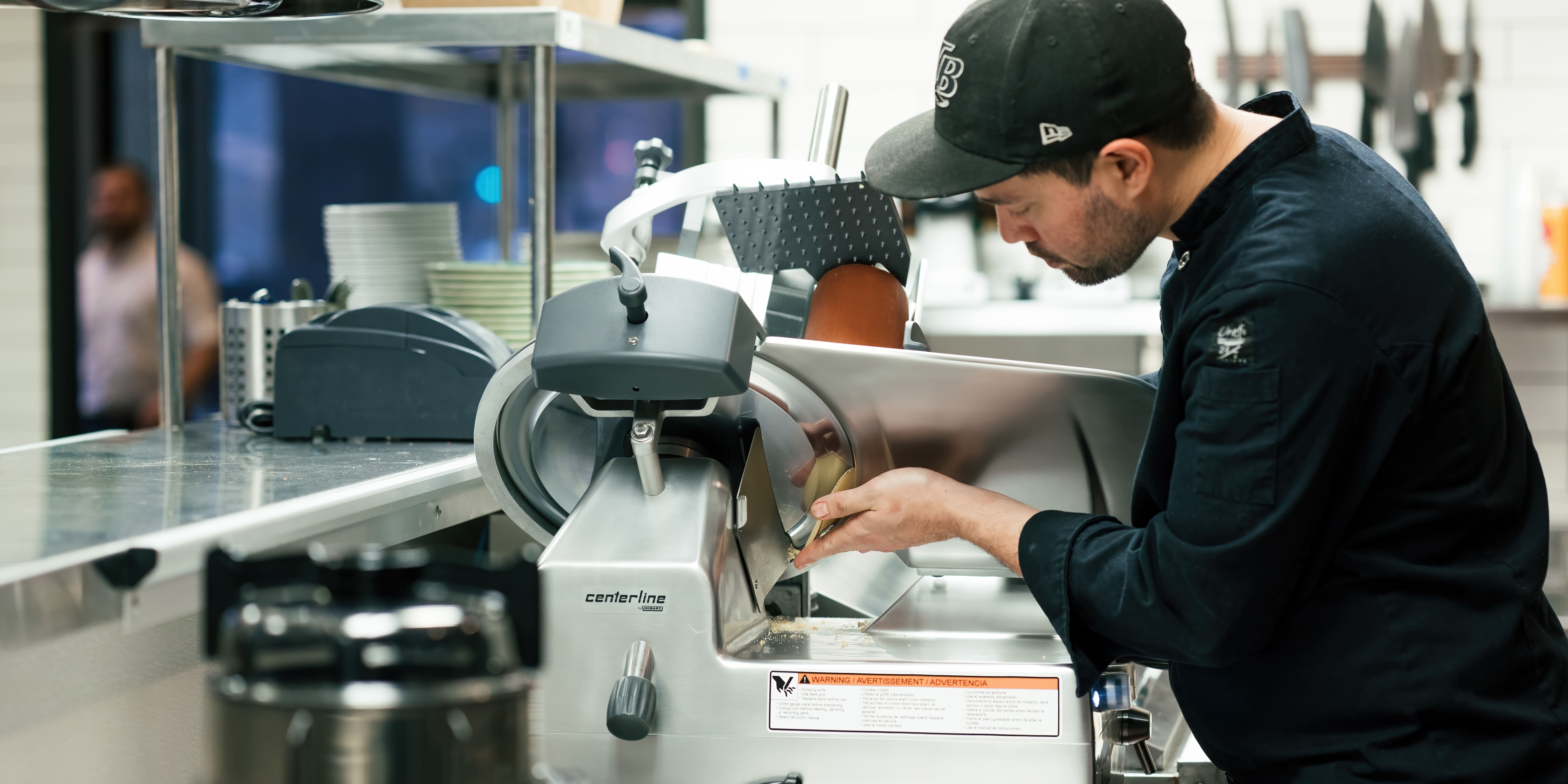
-min.jpg)
